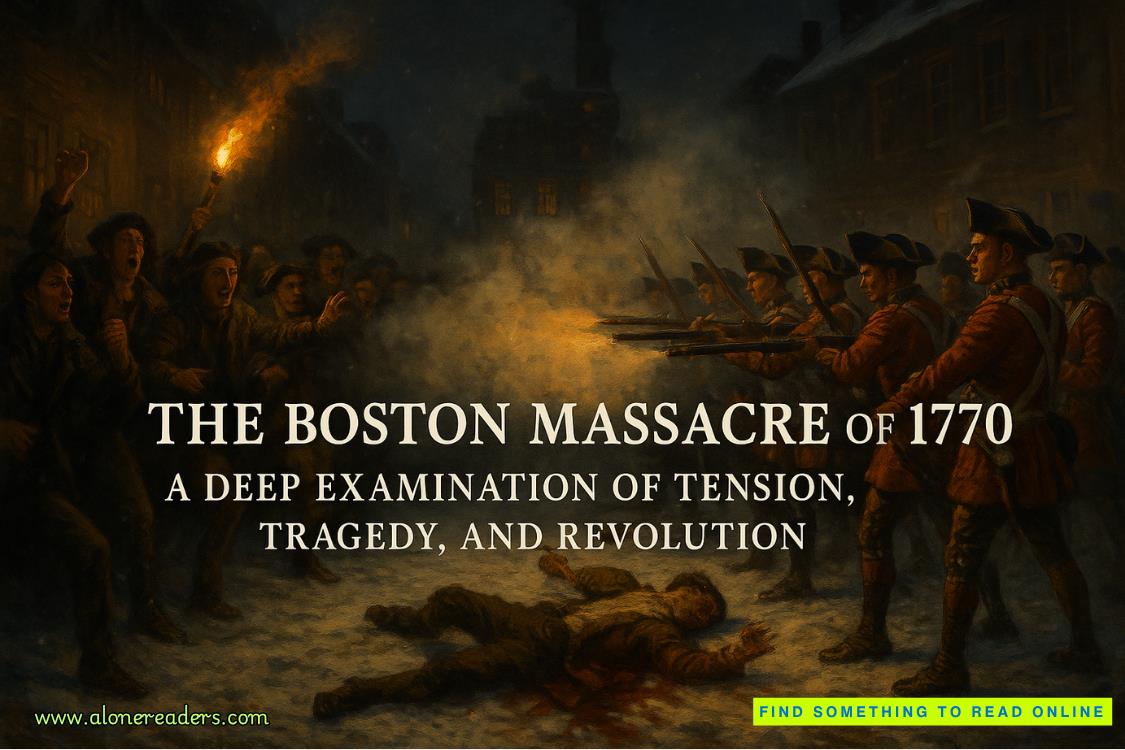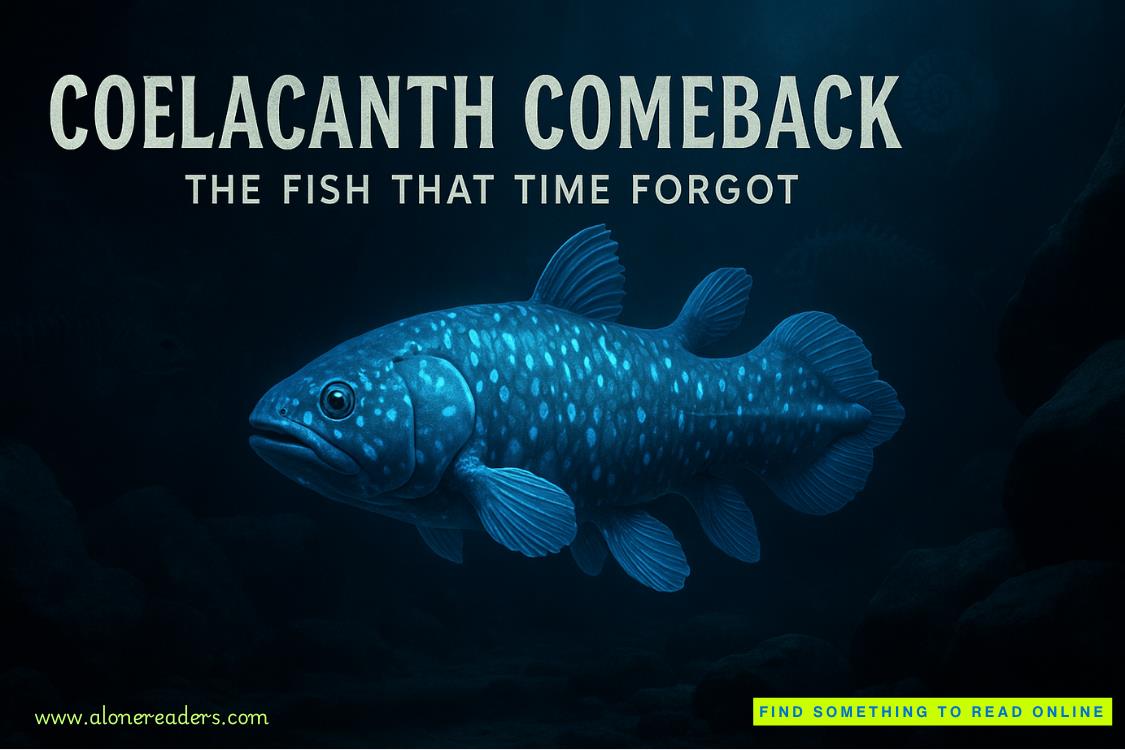Page 34 of Lost Echoes
I don’t even notice my hands shaking until the zip finishes and the folder unfurls on the screen like a trapdoor.
Luke clicks the first file.
A PDF opens—stark, stamped with words that make my throat go tight.
Radley Research: Archival Fragment for Authorized Personnel Only.
The header looks official enough to make my stomach drop.
We read.
There are lists. Names and serial numbers that mean nothing on their own until the next file—a scanned memo from a government lab, dated years earlier. It’s clinical, bureaucratic, and poisonous all at once. It contains references to conditioning vectors and longitudinal subject cohorts as well as innocuous phrases like “behavioral reinforcement through staged performance.” In the margins, someone has handwritten script adherence and washout window.
Luke exhales. “They weren’t just experimenting. They were running programs.” He scrolls faster. “Lots of them.”
Medical records appear next. Psychiatric evaluations, intake forms, progress notes with sterile dates and even more sterile diagnoses. Children cataloged with bullet points—dissociation, atypical response to stress, learned compliance. One entry makes me stop cold. A clinician’s note that reads like an instruction manual for breaking a child down and building a performer back up. The language is clinical, but the implications are monstrous. There are references to “Observation 2” and “sub-level B” that make the back of my neck prickle. Those were the same phrases Phoenix used.
Financial spreadsheets are buried in the folder. Line items show transfers labeled as innocuous grants and research stipends that trace back to a list of government contractors and a few shadowy agency acronyms. My hands go numb. Someone was writing checks, meaning someone higher up was funding this.
A video log file is next. It’s low-resolution with shaky footage from what looks like a monitoring feed. Hallways, doors, and glimpses of children moving under the watch of clinicians who look a lot like the photos I’ve seen of Radley staff. The timestamp flickers, and my pulse thuds. I’m suddenly hyperaware these are not just documents. They’re proof.
While Luke parses, I set up the first of the things Phoenix told us we’d need. The live monitoring. So we create keyword alerts across a dozen sites for Radley, Dr. Radley, white spool, Observation 2, and Project Elysium. We spin up email filters and burner addresses, route them through a tangle of proxies, and set a push notification to my phone. If anything mentions the right terms, we’ll know straight away.
As if on command, a script pings at the bottom of the window. It’s an automated crawler that Phoenix embedded in the package, and it compares the files in the folder with copies cached on a handful of public archives and mirrors. The crawler flags matches then—live—shows them being removed.
“Watch this,” Luke says. He clicks a cached link to an old press release that once mentioned Dr. Radley. The page appears then vanishes. An entire indexed directory I’d bookmarked a week ago shows an HTTP 410. In other words, it’s gone. Another site that hosted a scanned court filing flickers, then the directory returns a sterile 404 Not Found. It’s like watching someone sweep fingerprints with a giant hand.
Luke tenses. “It’s a cover-up in real-time.”
Adrenaline sharpens my senses. We go into counter-measure mode by instinct, using the part of our brains that learned how to hide things for the internet age. Luke runs a mirrored download across three different machines, while I spin up encrypted backups to two cloud storage accounts under throwaway identities. We shard the data, encrypted slices across multiple hosts with passcodes only Phoenix and we will know. Copies are written to a hard drive that goes into Luke’s messenger bag like a talisman.
Phoenix’s message in the chat pings while we work:
They move faster now. You saved a copy. Good. Keep it off obvious paths. We’ll coordinate a dump if it’s safe. Don’t post raw files anywhere public.
I type back with barely steady fingers:
They’re deleting things. At least three sites went dark while opening the file.
Phoenix answers:
Yeah, they scrub when heat rises. That’s the protocol. You did right—mirror, shard, airgap. Next, anonymize every trace of this session. And don’t use the same machines for normal stuff. Compromise is contagious.
We comply. Luke pulls a USB with fresh Linux boot images, and we run through a checklist Phoenix rattles off—new VPN instance, fresh burner accounts, rotate passcodes, no personal email contact. I create two offline PDFs containing the most damning pages and burn them to optical media. It feels anachronistic but safe. Discs are harder to nudge remotely than drives with network permissions. Luke does his magic. I can barely keep up with it all.
Between file transfers and encryptions, the hour we agreed to meet narrows into minutes. My phone buzzes with the keyword alerts we set—two minor mentions of “Radley” in forum chatter that was pulled and taken down within seconds. The pattern is obvious. Someone is hunting the breadcrumbs.
“Is Phoenix right?” I ask. “Are they hunting survivors now?”
Luke’s face is hard in the screen light. “Looks like it. Arrests spike, security protocols activate. Someone’s running damage control.”
We finish the backups and set up a redundant watch system. If anything about the archive’s original URLs disappears again, a secondary alarm pings an alternate inbox Phoenix gave us. Then Luke does something that makes my stomach flip and my chest go cold with the weight of a choice. He leaves a small, plausible breadcrumb on a throwaway forum account as bait to see whether anyone’s watching the mirrors we created.
The forum pings. A bot? A human? I can’t tell. The window shutters, and for a split second the cursor hangs over a response:
Who put this here?
The reply trails off.















